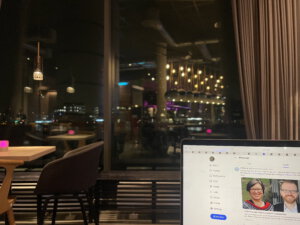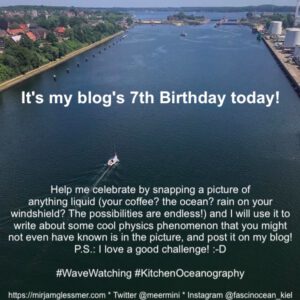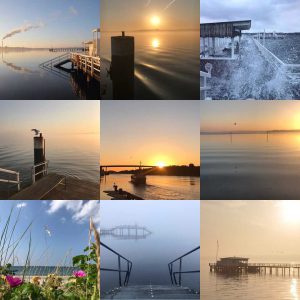
LTHE Chat 343: How to teach for sustainability. Our blog post and summary of the discussion
On Wednesday, Robert Kordts (awesome colleague and my co-teacher on the last Teaching for Sustainability academic development course) and myself tried a new-to-us format: A “Learning and Teaching in Higher Education”…






















